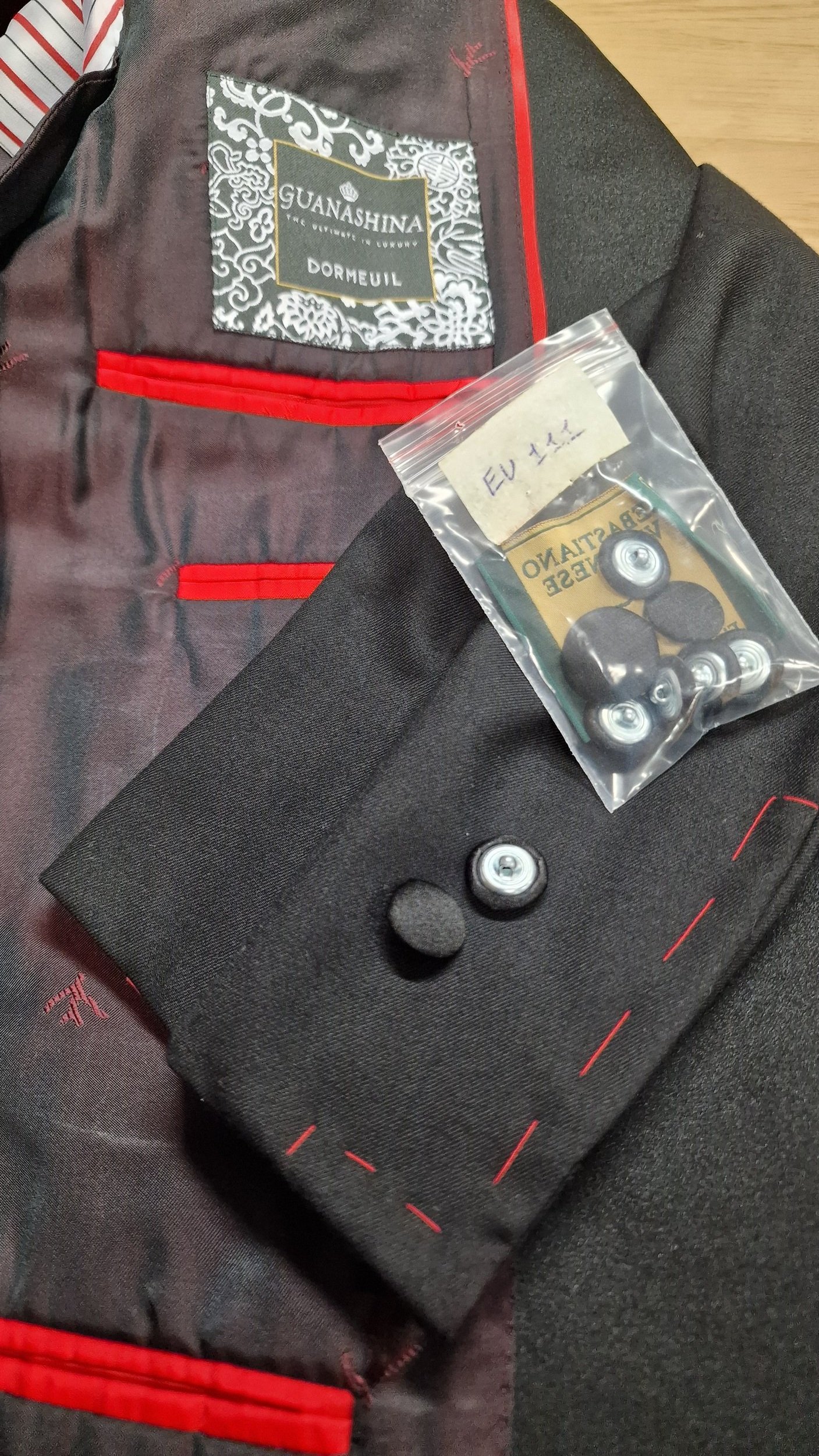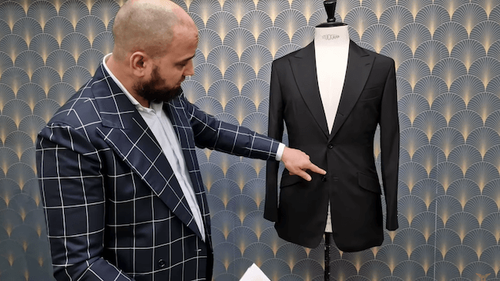A good suit, what are its features?
A well-made suit has a number of features that, apart from the fit, make it easy to distinguish it from less well-made suits such as Made-to-Measure suits. The details of a handmade bespoke suit are easy to recognise and quite obvious when you know what to look for. So let's see what are the points to recognise a well-made suit.
Knowledge, skills and love for tailoring are the recipe for a good suit
Did you know that it takes at least 5 years to become a tailor, we are not talking about 8-hour working days but 16 hours?
It takes another 10 years to become a master tailor.
It takes 40/50 hours to make a 3-piece suit.
It takes 30 hours to make a jacket/jacket.
It takes 8 hours to make a pair of pants or vest.
So there is a difference in quality, wearing comfort and price.
And that is reflected and radiated when you wear a well-made bespoke suit.
Easy to recognise, hard to describe.
Pattern
A well-made suit starts with the individual pattern. These are your specific measurements that are then converted onto paper or directly onto the fabric. You then cut this out and then assemble all the loose parts of the suit by hand. If a pattern is not made for you, you are not making but adapting and that has many limitations. This is the difference between a bespoke suit and an MTM suit. Your own pattern means a suit designed specifically for you, the way you want it. A custom pattern is a standard house with a red or green door where the wearer is often told that this is custom work. I would say do your homework and avoid 'tailors' with coffee machines and beers. So always ask for the patterns and you will know whether your suit is really made by a tailor or whether it is simply ordered with nice marketing around it.
Canvas / Interior
A traditional bespoke suit has a canvas (haircloth) that is inserted by hand between the fabric and the lining. Such a suit is also called full canvas or a suit with a loose interior. The role of the canvas is multi-fold:
1. Provides a better fit on the body and especially at the lapels and neck.
2. This also makes the jacket/jacket more flexible and therefore offers more wearing comfort.
3. The suit is made entirely with natural materials.
4. Suit lasts much longer and can be adjusted over the years.











